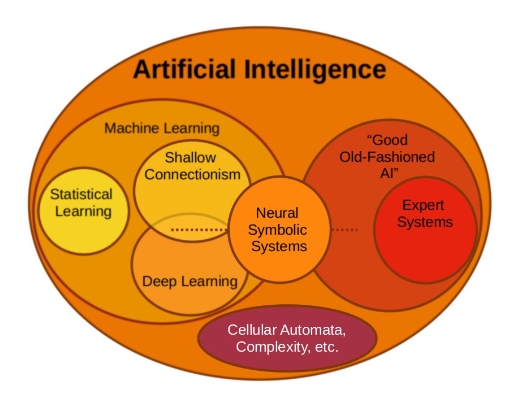Artificial Intelligence and Deep Learning: Unlocking the Power of Data
In today’s fast-paced digital world, artificial intelligence (AI) and deep learning are transforming the way we live and work. These advanced technologies are not just buzzwords; they are changing industries, enhancing productivity, and providing insights that were once unimaginable. Understanding AI and deep learning can open doors to exciting career opportunities and innovations.
The Fundamentals of Artificial Intelligence
At its core, artificial intelligence is the simulation of human intelligence by machines, enabling them to perform tasks that typically require human cognition, such as learning, reasoning, and problem-solving. Deep learning is a subset of AI that uses neural networks to mimic the way the human brain processes information. By analyzing vast amounts of data, deep learning algorithms can recognize patterns, make predictions, and even create new content. This technology is widely used in applications ranging from voice assistants like Siri and Alexa to sophisticated image recognition systems that power self-driving cars.
Applications of Deep Learning in Everyday Life
Deep learning has permeated numerous aspects of our daily lives, often in ways we might not even realize. For instance, when you scroll through social media, recommendation algorithms analyze your preferences and suggest posts tailored to your interests. In healthcare, deep learning aids in diagnosing diseases by analyzing medical images with remarkable accuracy, leading to earlier and more effective treatments. Financial institutions also leverage deep learning for fraud detection, employing algorithms that can identify unusual transaction patterns in real-time. These real-world applications demonstrate how deep learning enhances efficiency and decision-making across various sectors.
Challenges and Future of Deep Learning
Despite its incredible potential, deep learning faces several challenges. One of the main hurdles is the requirement for enormous amounts of high-quality data to train models effectively. Additionally, these models can often be “black boxes,” making it difficult to interpret their decision-making processes. However, ongoing research aims to create more transparent and efficient algorithms, paving the way for advancements in explainable AI. As technology continues to evolve, the future of deep learning looks promising, with applications in emerging fields like natural language processing, environmental sustainability, and robotics.
Conclusion
Artificial intelligence and deep learning are reshaping industries and enhancing our everyday experiences. As we navigate this exciting landscape, it’s essential to stay informed and engaged. Whether you’re a student considering a career in tech or simply curious about how these technologies work, the world of AI offers a plethora of learning opportunities. Dive deeper into this fascinating subject and explore how you can be part of the next wave of innovation!

